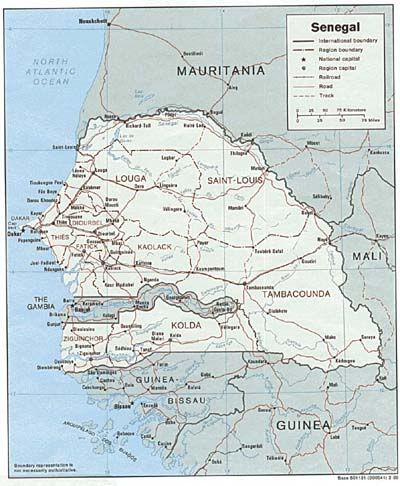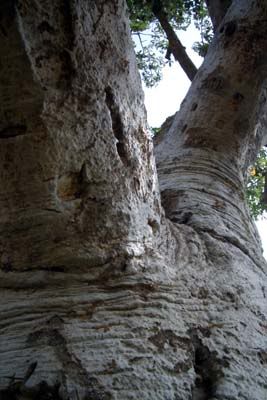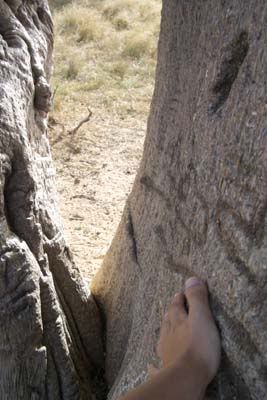What is a baobab?
One of the most distinctive features of the West African landscape is the baobab tree. The serene elegance of a baobab often stands in stark contrast to the surrounding sahel landscape of oceans of sand, grasses and difficult-to-cultivate land, and even in a city, when you walk around a large baobab, you have a hard time believing its magnificence in the dirty, busy traffic.
It's not surprising the baobab is often considered by African tribes a sacred tree. Simply putting out your hand to touch its smooth slippery bark, feeling its coolness on the hottest of days, seeing it from a distance and never ever not being amazed by its many shapes, its grandeur and the way it exists peacefully in a landscape that often feels like its erroding with desertification, crop difficulties, and loss of vegetation. Nearly every part of the baobab is used for either a praticial, medicinal or food purpose, and its resilence is proven by its ability to survive harsh temperatures and little rain year and year in the sub-Sahara.
On my first trip to Africa, I saw a lot of baobabs in passing as we zipped by them in our trek to visit four countries in three weeks. But this trip, I finally got closer to what a baobab means here as we started using them for our shade trees, seeking baobabs to sleep under, pulling apart its fruit, seeing them as landmarks to the next turn.
We traveled in the north central region near the Senegal River and the border of Mauretania, and the areas just slightly south of that.
Two baobabs near the city of Thies on the way out of Dakar.
Baobab trunk.
Can you feel it too?






1 Comments:
many thanks for the explanation of this prize tree. I have read alot about it, told stories but not seen one as close as you have come to depicting. I am looking forward to visiting this special tree one day. love mom
Post a Comment
<< Home